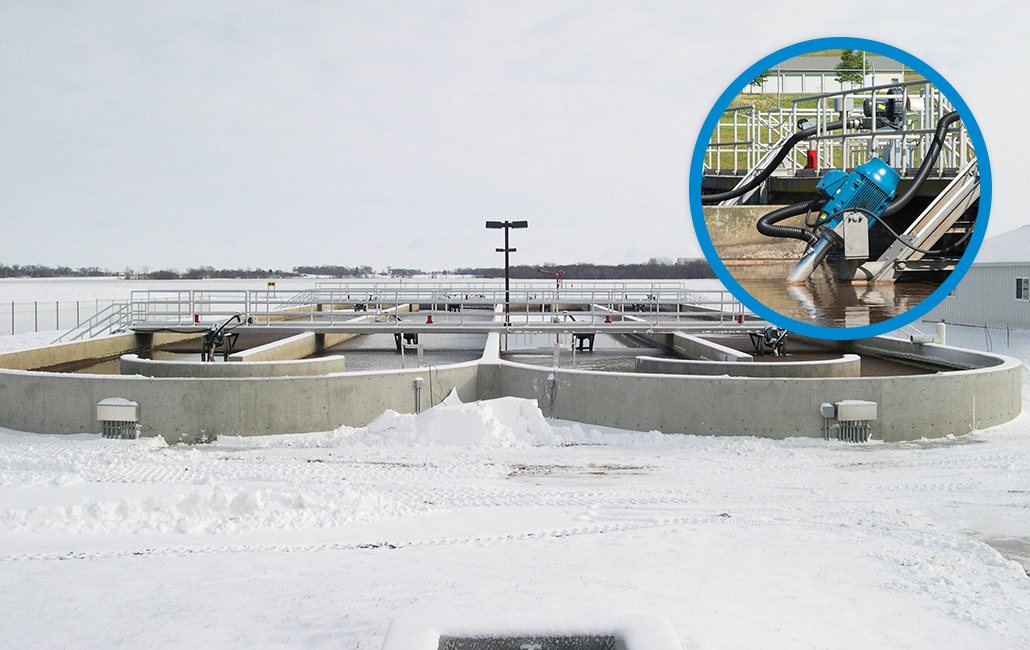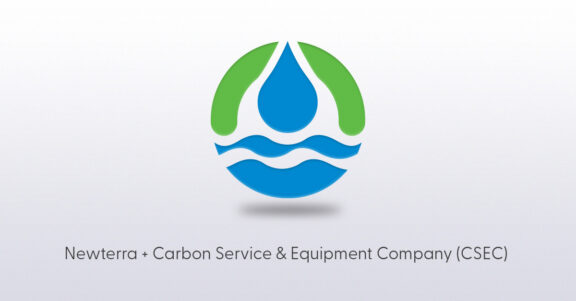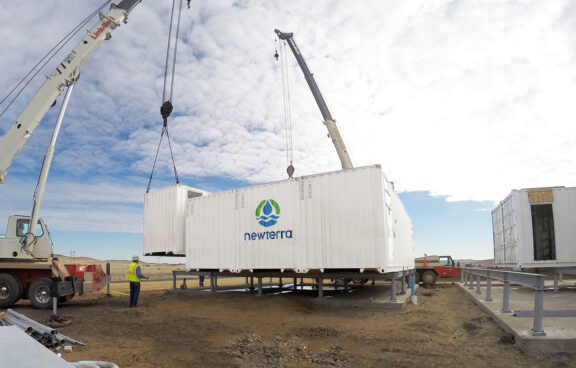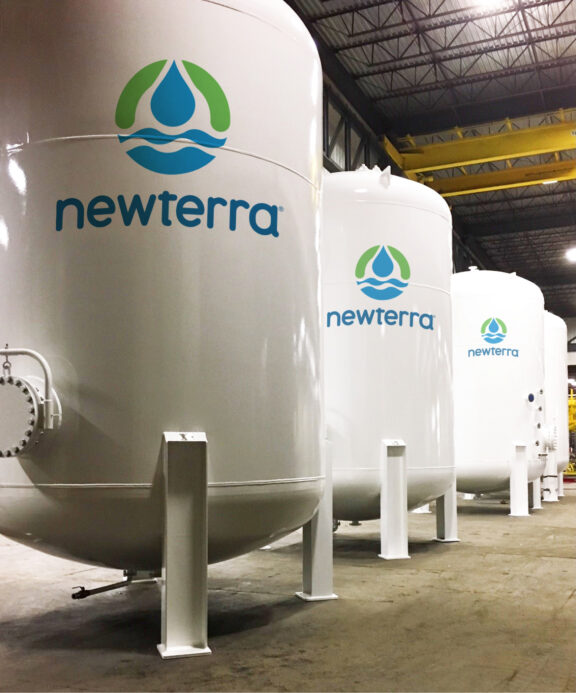The Triton 2.0 is a favored retrofit option for Oxidation Ditches for several compelling reasons:
- Versatility: The Triton is adept at providing both aeration and mixing in a single unit. This dual functionality ensures efficient oxygen transfer and thorough mixing, which are paramount for the biological processes in oxidation ditches.
- Energy Efficiency: The Triton stands out for its energy-efficient operation. It achieves optimal oxygen transfer rates with lower energy consumption compared to traditional surface aerators.
- Ease of Installation: One of the Triton’s standout features is its ability to be installed without draining the oxidation ditch or taking the system offline. This minimizes disruption to the treatment process during retrofitting.
- Flexibility: The Triton’s system can be fine-tuned to meet varying process requirements. Its aeration and mixing can be controlled independently, granting operators the ability to optimize based on the specific wastewater characteristics.
- Compact Design: Its space-saving design ensures it fits seamlessly even in oxidation ditches with space constraints.
- Cost-Effective: Over time, the Triton can lead to significant cost savings due to its energy efficiency, reduced maintenance needs, and improved process efficiency.
Diving deeper into its ease of operation and reliability compared to traditional oxidation ditch aeration methods:
- Design and Construction: The Triton’s design, with fewer moving parts exposed to wastewater, inherently reduces wear and tear. Traditional methods, on the other hand, expose more components to the corrosive environment, leading to potential damage and increased maintenance.
- Maintenance Requirements: Its design inherently demands less maintenance. Its above-water components are easily accessible, contrasting with traditional methods like brush rotors that often require more frequent maintenance and can lead to unplanned downtimes.
- Energy Efficiency: Its design ensures optimal oxygen transfer efficiency, achieving the desired aeration levels using less energy. This not only reduces costs but also minimizes strain on the equipment. Traditional aerators, in contrast, might be less energy-efficient, leading to higher operational costs and potential wear and tear.
- Operational Flexibility: The Triton offers independent control of aeration and mixing, allowing operators to adjust the system based on specific needs. Some traditional methods might lack this level of adaptability, leading to potential inefficiencies.
- Track Record: The Triton’s reliability is proven in diverse conditions worldwide. While many traditional methods are also widely used, their reliability can vary based on design, manufacturer, and application.
In summary, the Triton 2.0 offers a blend of versatility, efficiency, and reliability, making it a prime retrofit option for oxidation ditches. Its design and operational advantages clearly position it as a more reliable and efficient choice compared to traditional aeration methods. Contact us today to learn more.




